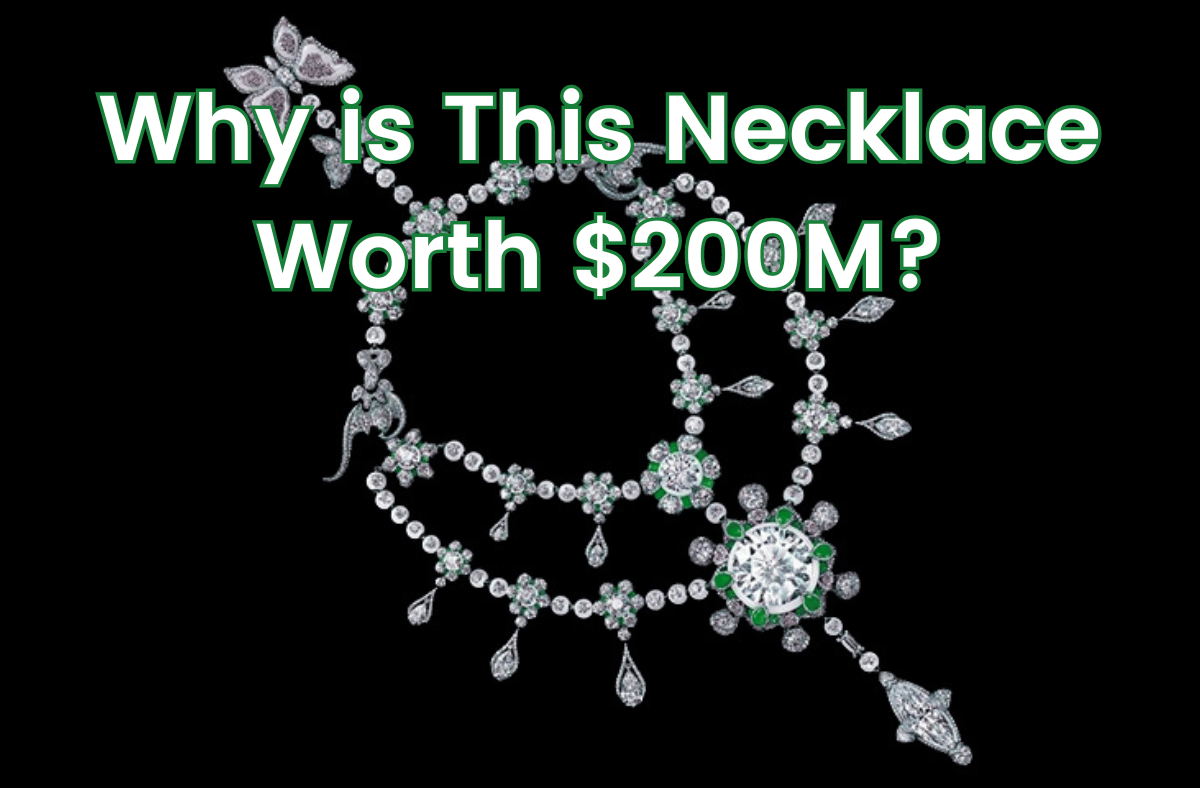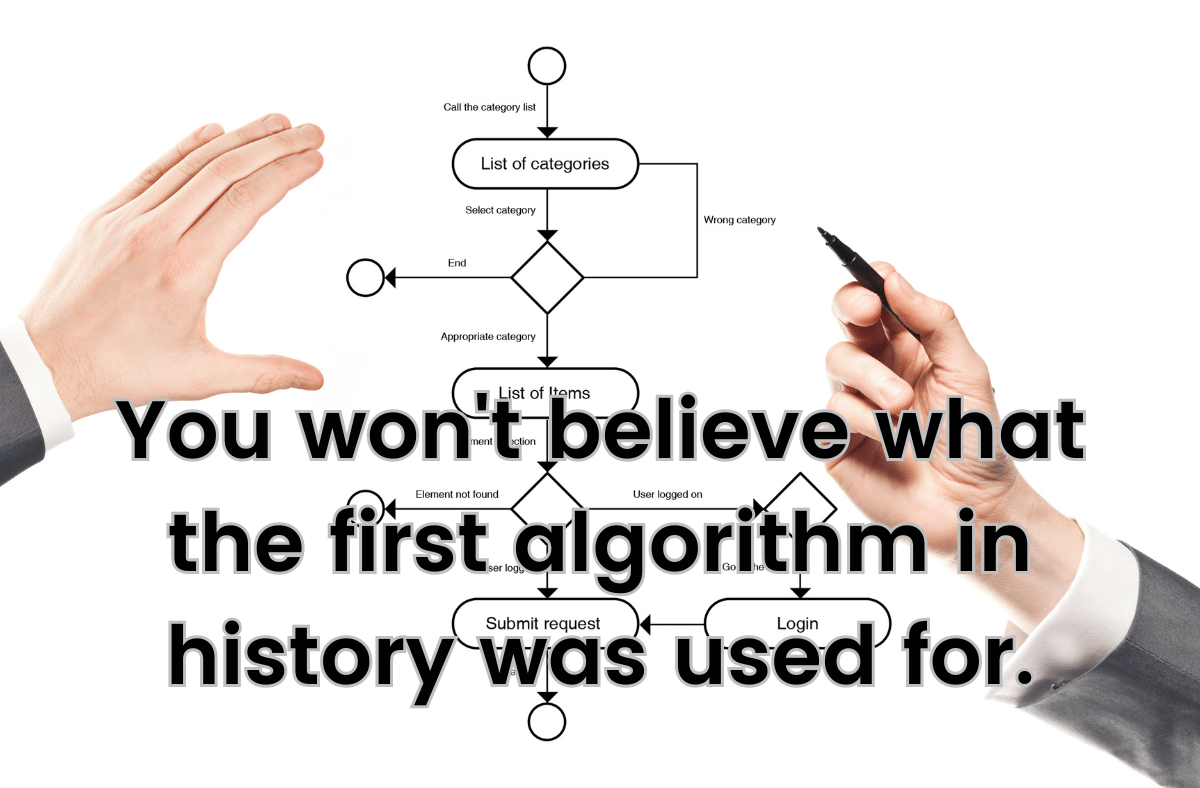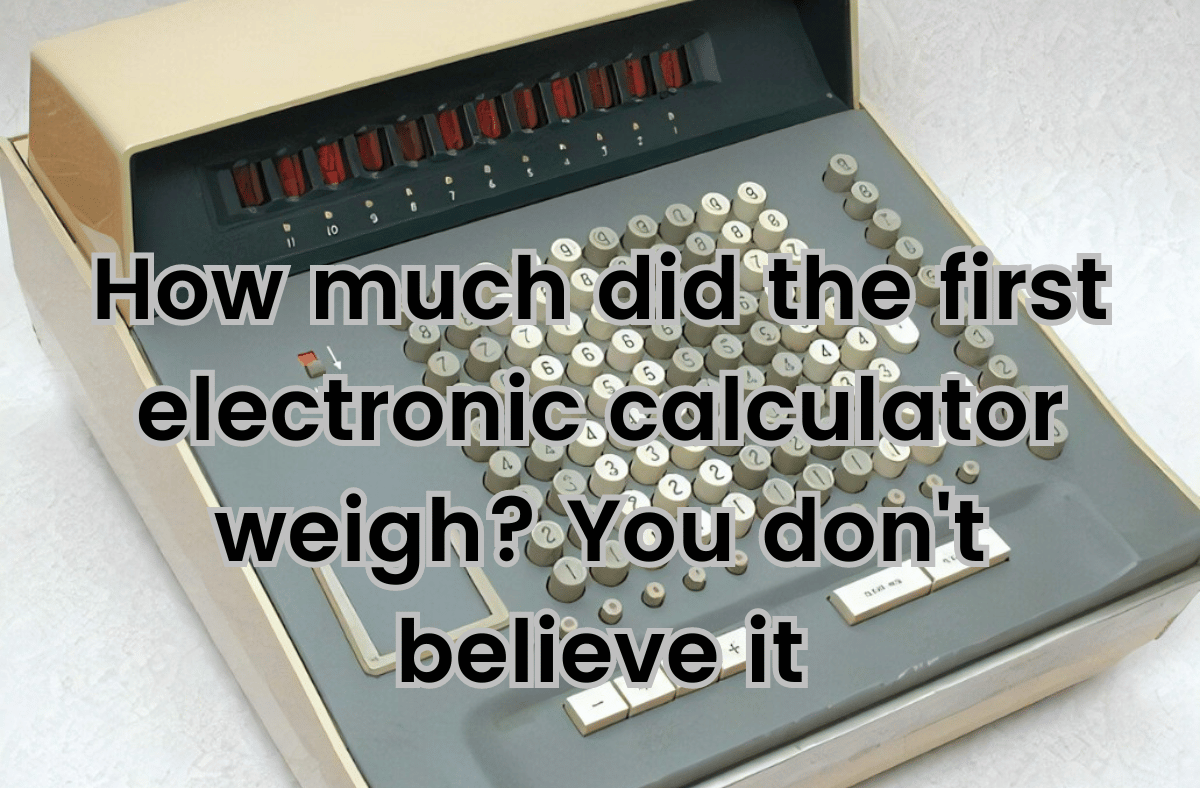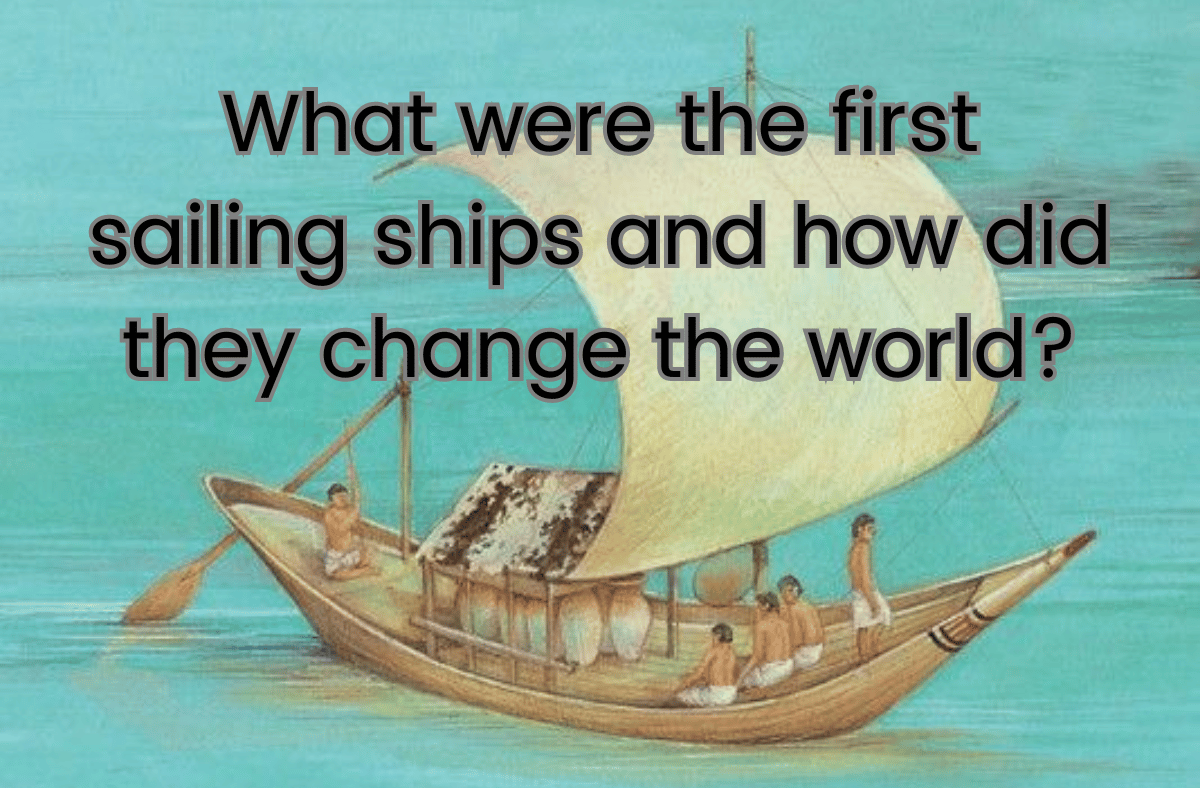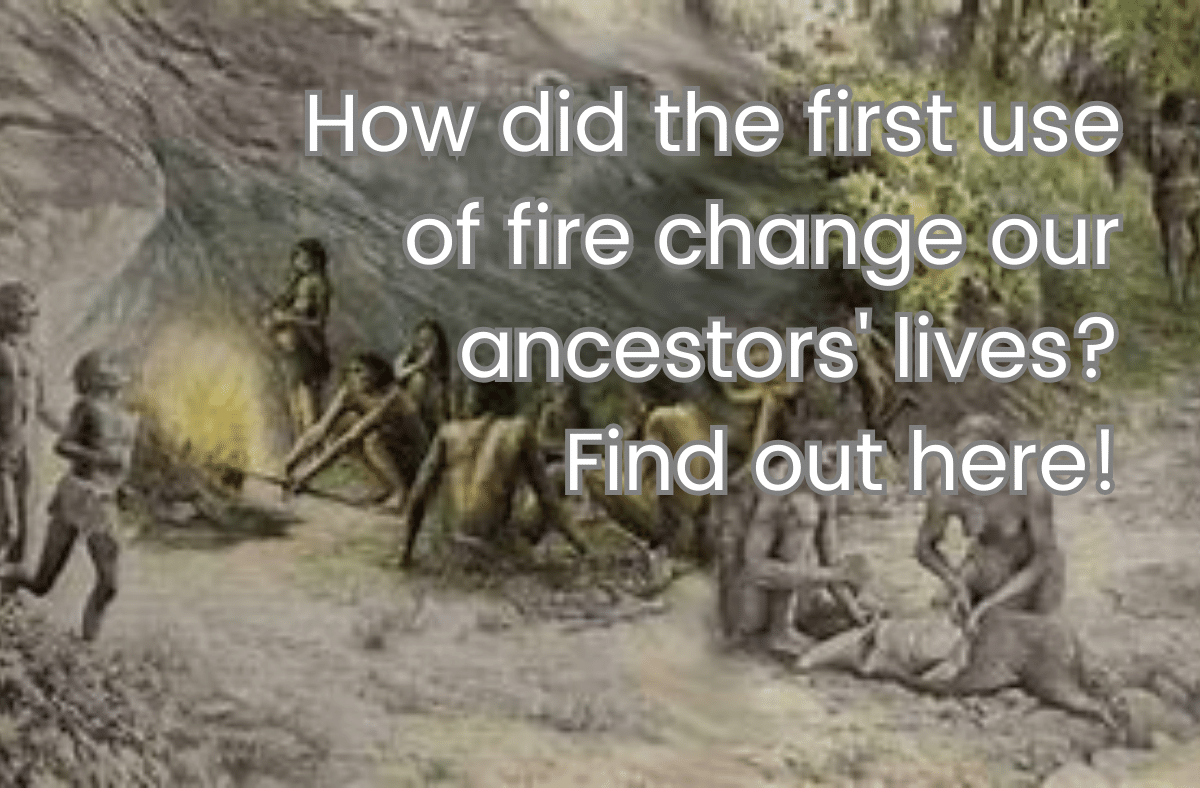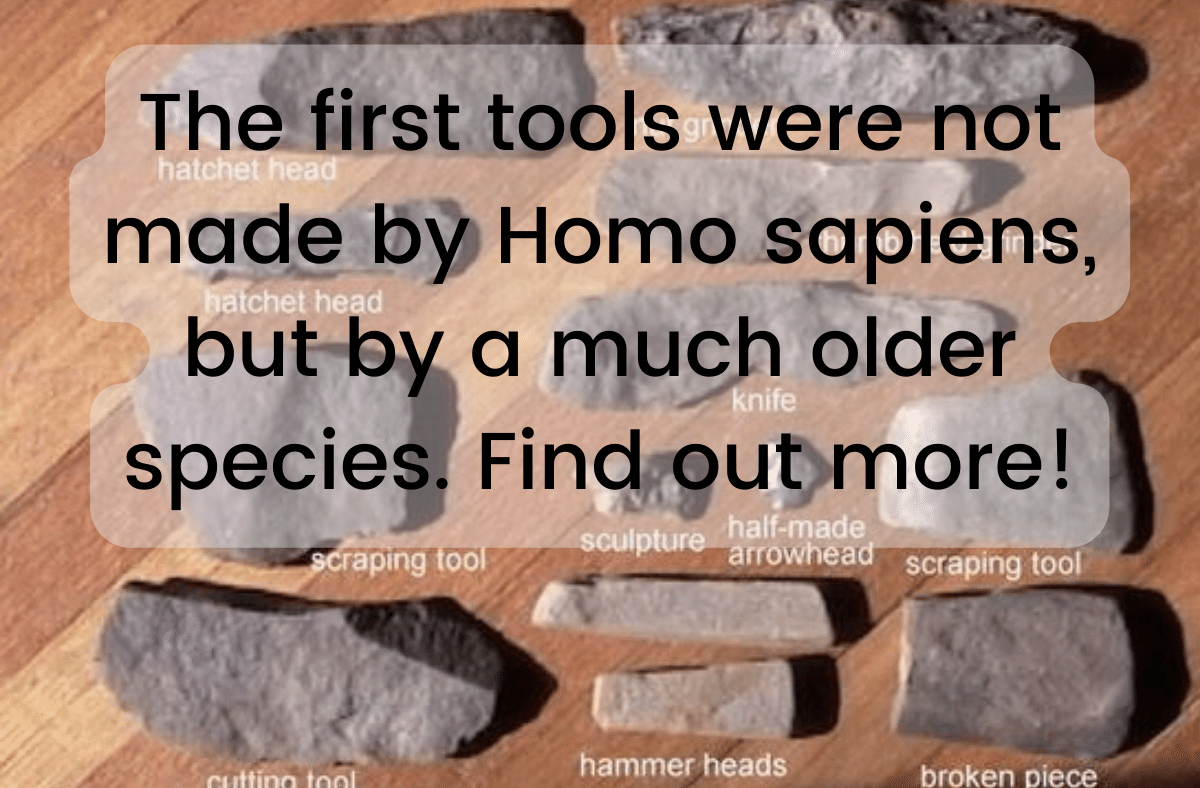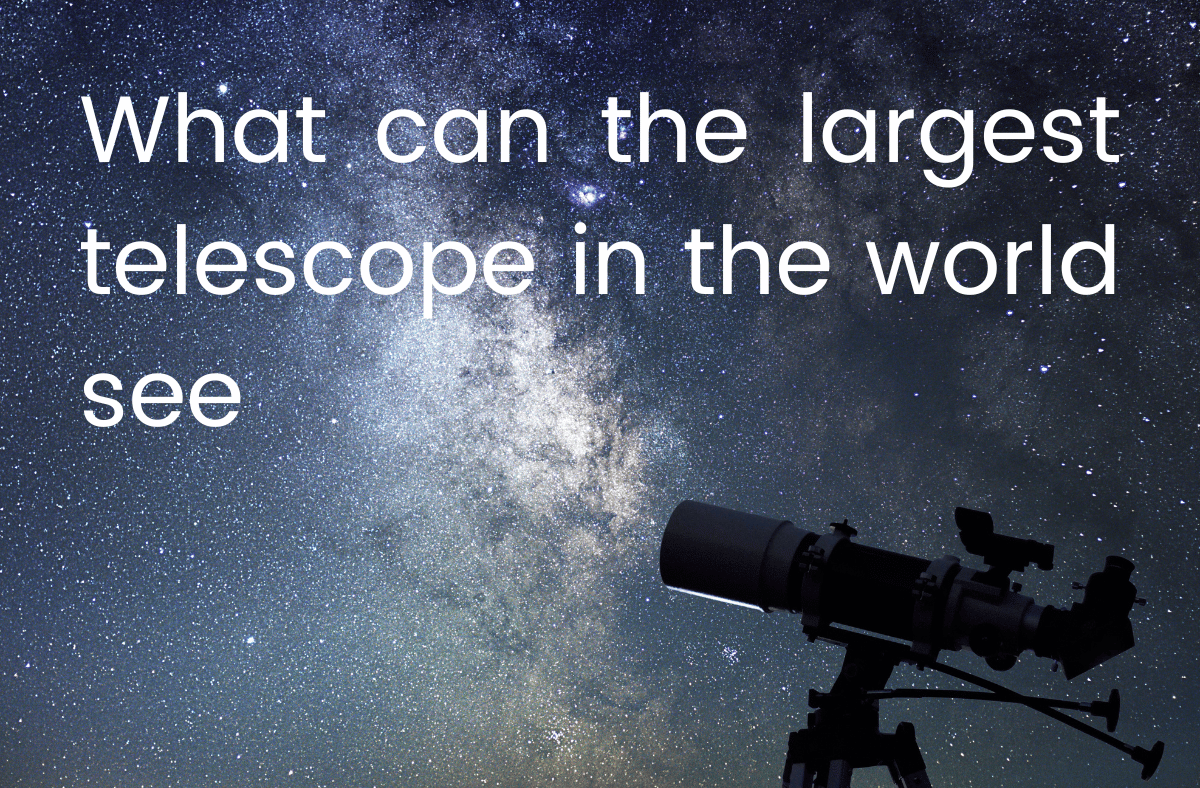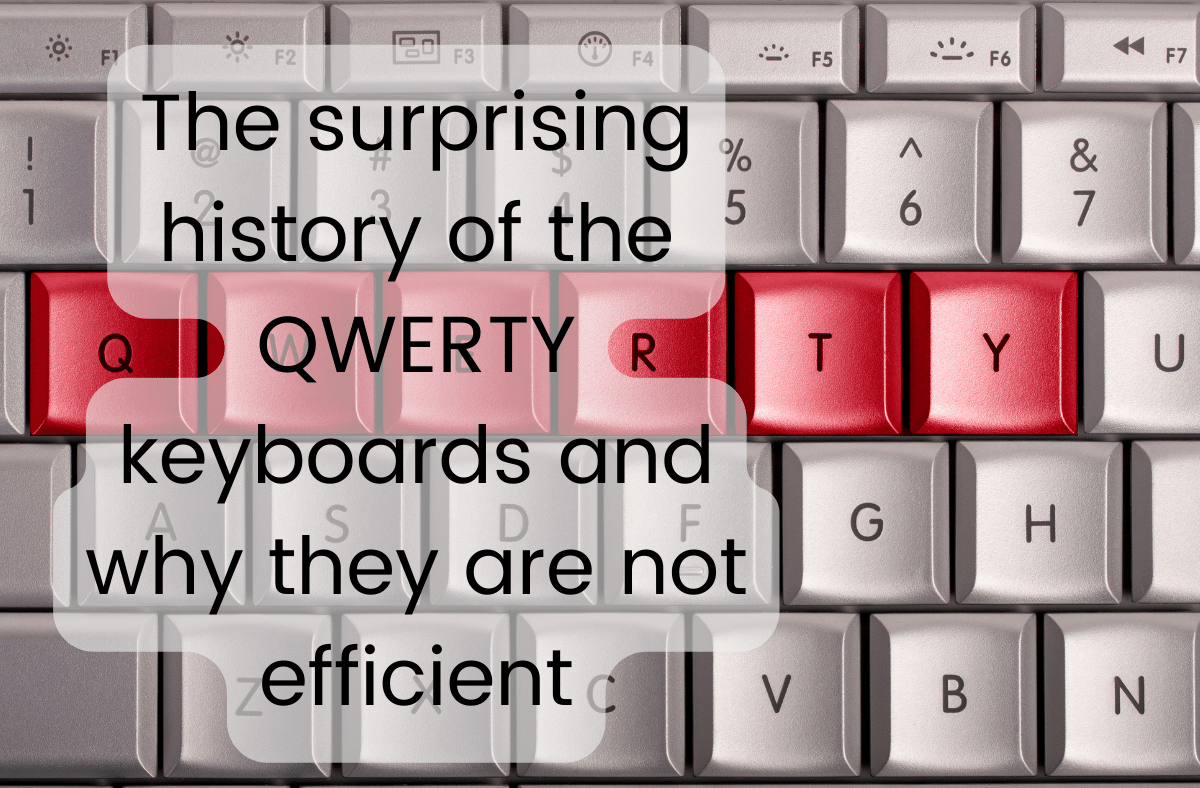Did you know that the first emoji was created in 1999 by a Japanese artist? His name was Shigetaka Kurita, and he worked for a mobile internet platform called i-mode . He wanted to make a simple and attractive way to convey information and emotions on small screens. Here is how he did it.
The Challenge of i-mode
i-mode was an early mobile internet service from Japan’s main phone carrier, DOCOMO. It offered features like email, weather, news, and games. But there was a problem: the messages were limited to 250 characters, and the screens were very small . How could users express themselves in such a limited space?
The Solution of Kurita
Kurita decided to create a set of 12 by 12 pixel images that could be selected from a keyboard-like grid and sent as individual characters. He called them emoji, which means “picture character” in Japanese . Kurita drew inspiration from pictograms, manga, and other sources.
He designed 176 emoji, covering topics like weather (sun, clouds, umbrella), traffic (car, plane, ship), technology (phone, TV, gameboy), and emotions (smile, cry, heart) . He wanted to make them simple and universal, so that anyone could understand them.
The Impact of Emoji
Emoji were an instant hit in Japan. They added color and personality to the messages, and made communication more fun and efficient. They also helped users convey their tone and mood, which can be hard to do with text alone .
Emoji soon spread to other phone carriers and platforms in Japan, but they were not standardized. That meant that different devices could display them differently, or not at all. It was not until 2010 that emoji were incorporated into Unicode, the standard that governs the software coding of text . That made them compatible across different systems and languages.
Today, emoji are used by billions of people around the world. There are thousands of emoji to choose from, depicting people, animals, objects, symbols, and more. Emoji have become a part of our culture and language, and a way to connect with others in the digital age .
Emoji: The Legacy of Kurita
Kurita’s original 176 emoji are now part of the permanent collection at New York’s Museum of Modern Art. They are recognized as a groundbreaking work of design and art. Kurita is proud of his creation, but he also sees room for improvement. He hopes that emoji will continue to evolve and reflect the diversity and creativity of humanity.
Emoji are more than just cute pictures. They are a way to express ourselves and communicate with others. They are a language born of the digital world. And they all started with a Japanese artist and his 12 by 12 pixel images.



